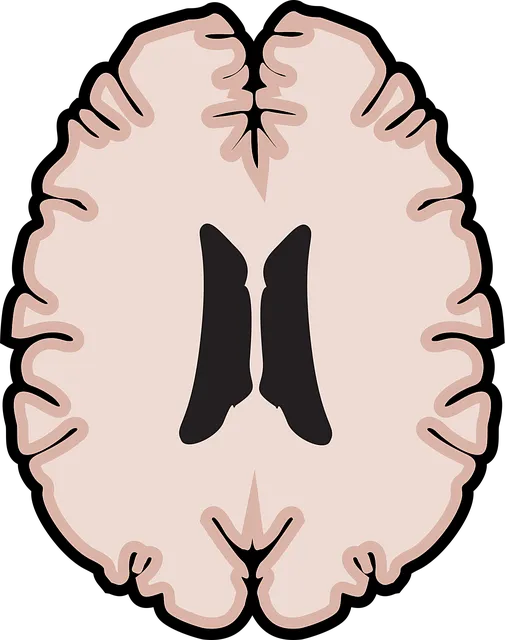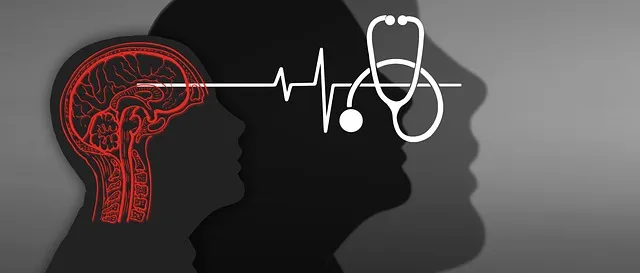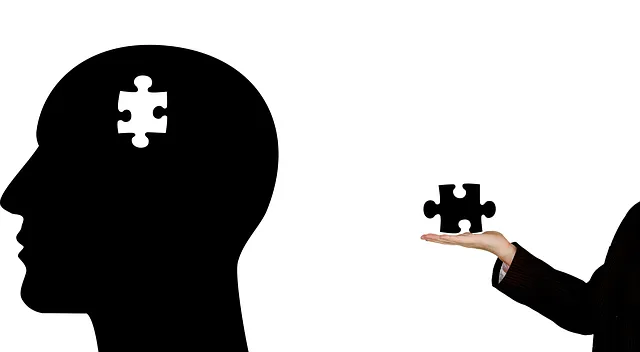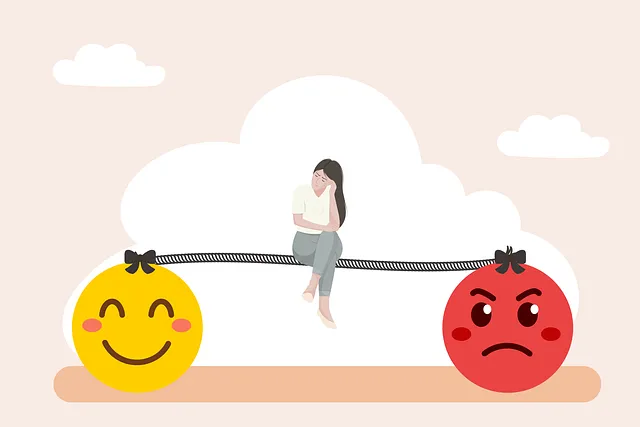The Greenwood Village Kaiser Permanente mental health access center focuses on emotion regulation as a key component of holistic wellness, teaching evidence-based techniques like cognitive-behavioral therapy and mindfulness. These practices enable individuals to manage stress, anxiety, and depression, fostering emotional stability, improving mood regulation, and enhancing relationships for better quality of life. By incorporating self-awareness exercises, mindfulness meditation, physical activity, nature connection, and consistent self-care routines, the center empowers individuals to take control of their mental health through techniques readily available for daily emotional management.
Emotion regulation is a powerful tool for maintaining mental well-being, as demonstrated by the Greenwood Village Kaiser Permanente mental health access center. This article explores techniques that can help individuals manage and understand their emotions effectively. We’ll delve into the benefits of emotion regulation, provide an overview of various techniques, and offer practical guidance on implementing these strategies at home. By understanding and mastering these skills, you can enhance your overall emotional resilience.
- Understanding Emotion Regulation and its Benefits
- Techniques for Effective Emotion Regulation
- Implementing and Practicing These Techniques at Home: A Guide for Success
Understanding Emotion Regulation and its Benefits

Understanding emotion regulation is a key aspect of mental health and well-being. It involves recognizing, managing, and modifying emotional responses to achieve a state of balance and resilience. At the Greenwood Village Kaiser Permanente mental health access center, we emphasize the importance of teaching individuals effective emotion regulation techniques as a means to enhance their overall quality of life. By learning these skills, people can improve their ability to cope with stress, anxiety, and depression, ultimately fostering better emotional well-being.
Emotion regulation offers numerous benefits, including improved mood management and enhanced relationships. It equips individuals with tools to navigate challenging situations and promotes emotional stability. Our mental health professionals employ evidence-based practices, such as cognitive-behavioral therapy and mindfulness techniques, to teach these skills through a comprehensive Risk Assessment for Mental Health Professionals. Through these methods, we aim to empower folks to take control of their emotional responses, leading to lasting positive changes in their lives and contributing to a healthier community overall.
Techniques for Effective Emotion Regulation

At the Greenwood Village Kaiser Permanente mental health access center, individuals learn a variety of effective emotion regulation techniques to navigate life’s challenges. These strategies often begin with self-awareness exercises that help people recognize and identify their emotions. Once one is aware of an emotional response, they can start to understand its triggers and patterns, paving the way for more thoughtful reactions. Techniques like mindfulness meditation, deep breathing exercises, and journaling are powerful tools within this process.
Beyond self-awareness, self-care practices play a pivotal role in emotion regulation. This includes engaging in activities that promote relaxation, such as yoga or spending time in nature, along with adopting healthy habits like regular exercise and adequate sleep. These practices support emotional healing processes by reducing stress levels and cultivating a sense of balance and well-being.
Implementing and Practicing These Techniques at Home: A Guide for Success

Implementing emotion regulation techniques at home can be a transformative journey towards better mental health and well-being. The Greenwood Village Kaiser Permanente Mental Health Access Center emphasizes that consistency is key when adopting new strategies. Start by allocating dedicated time each day for practice; whether it’s early mornings or before bedtime, making it a routine ensures its longevity. Incorporate various techniques suitable for your lifestyle—mindfulness exercises, deep breathing, or even journaling can be powerful tools.
For instance, consider the self-care practices of engaging in physical activity and connecting with nature, which are essential for risk management planning in mental health professionals. These activities not only promote self-awareness but also provide an opportunity to reflect on emotions without judgment. Remember, consistent practice leads to mastery, making these techniques accessible whenever you need them, much like the comprehensive services offered at the Greenwood Village Kaiser Permanente center for optimal mental health access.
Emotion regulation is a powerful tool for enhancing mental well-being, as demonstrated by the resources available at the Greenwood Village Kaiser Permanente mental health access center. By understanding and practicing techniques like mindfulness, cognitive reappraisal, and acceptance, individuals can navigate life’s challenges with greater ease. Implementing these strategies at home, as guided in our comprehensive tutorial, offers a supportive path to self-improvement. Remember, mastering emotion regulation is a journey; consistent practice and patience are key to unlocking its transformative benefits.






